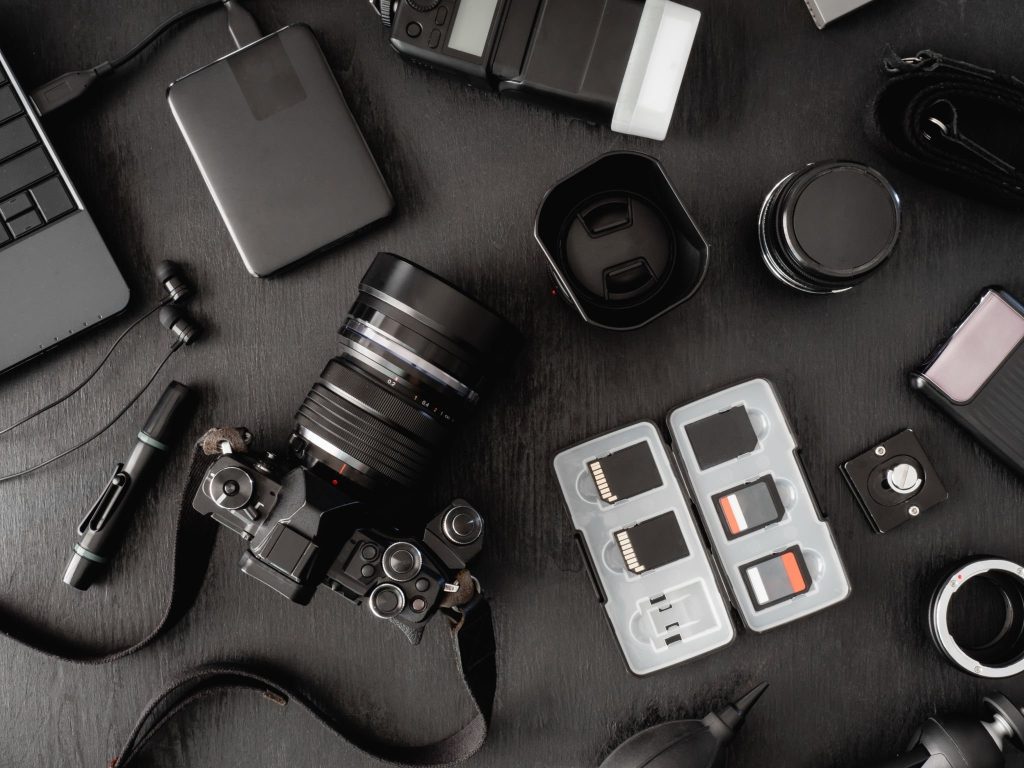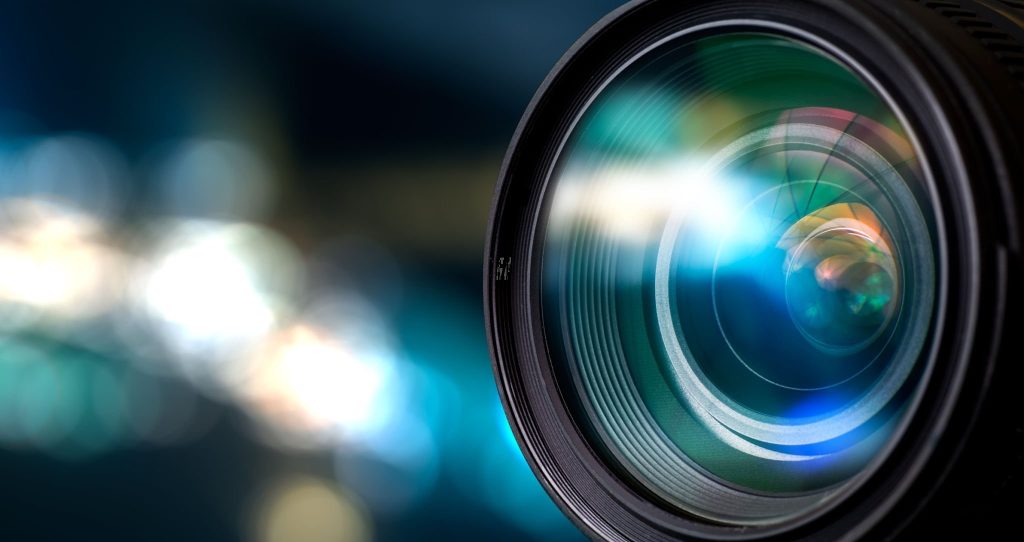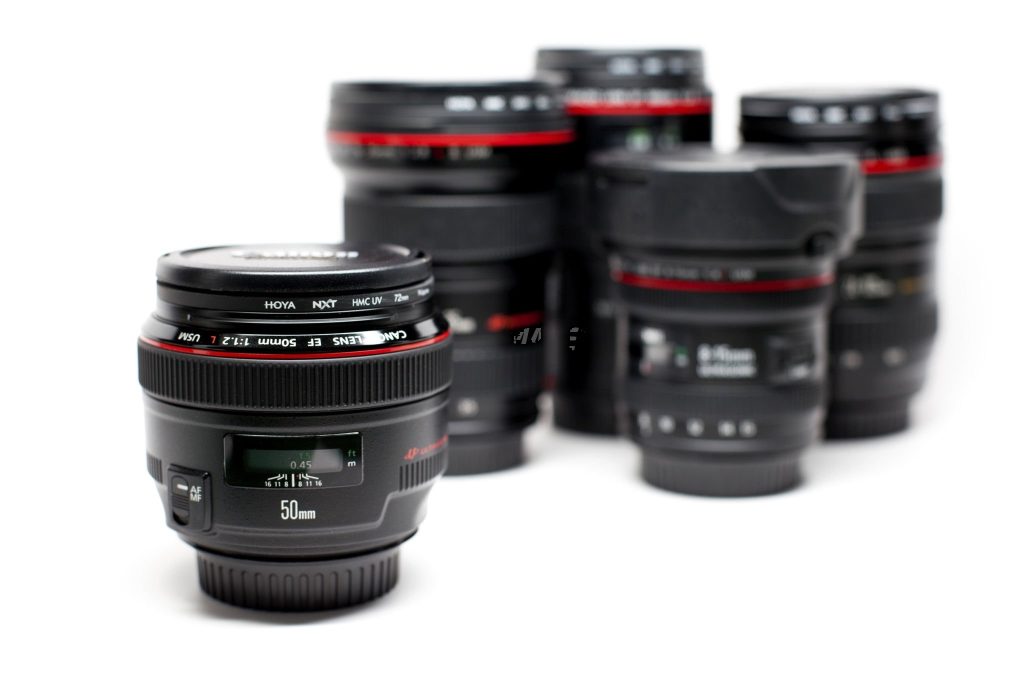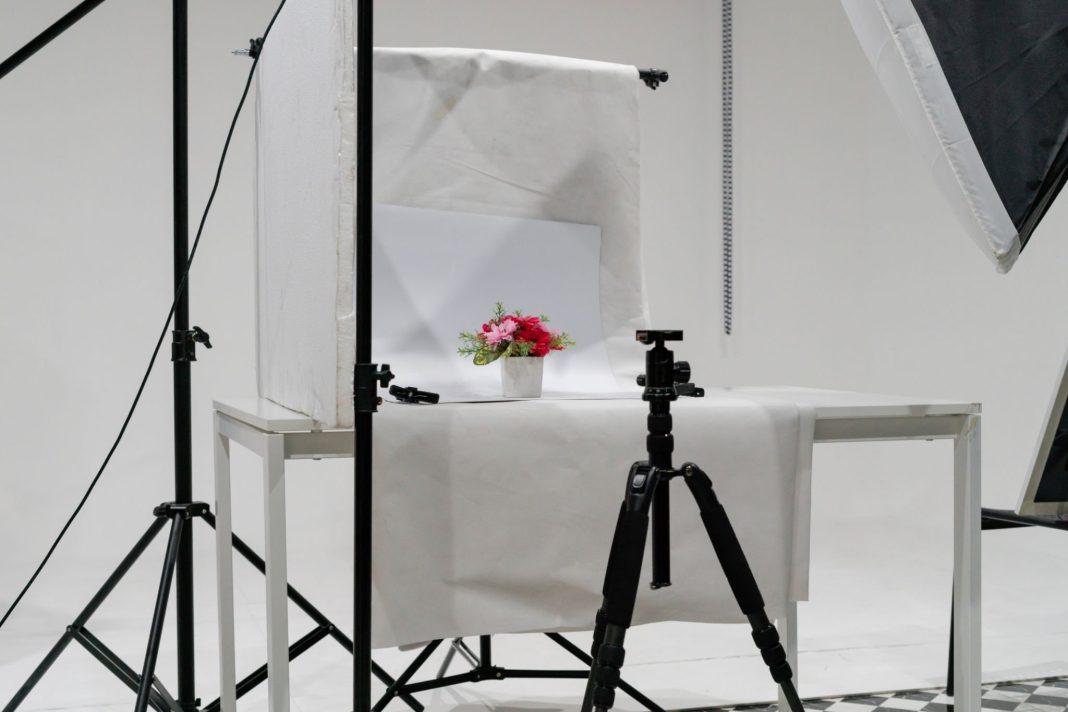Are you a beginner in the world of photography and feeling overwhelmed by all the technical jargon? Don’t worry, you’re not alone! Understanding photography terms can be a daunting task, but it’s essential if you want to take stunning photos. From aperture to ISO and shutter speed, there are a lot of terms to learn. But fear not; as a skilled photographer, I’m here to help decode these terms for you. This article will break down the most common photography terms in simple, easy-to-understand language, so you can start taking beautiful photos like a pro. Whether you’re looking to improve your photography skills or just want to know the basics, this guide is perfect for you. So, grab your camera, and let’s dive into the world of photography!
Types of cameras
Before we dive into the technical terms, let’s start with the basics. There are two main types of cameras: point-and-shoot cameras and DSLR cameras. Point-and-shoot cameras are compact and easy to use, making them a great option for beginners. They have a fixed lens and automatic settings, which means you don’t have to worry about adjusting any technical settings. However, they have limited control over the image, which can be frustrating for more advanced users.
On the other hand, DSLR cameras are more advanced and offer more control over the image. They have interchangeable lenses and manual settings, which means you can experiment with different lenses and settings to achieve different effects. However, they can be more expensive and have a steeper learning curve. There are also mirrorless cameras, a hybrid between point-and-shoot and DSLR cameras. They have interchangeable lenses like DSLRs but are smaller and more compact like point-and-shoot cameras. They also offer advanced features like electronic viewfinders and 4K video recording.

Understanding camera settings
Now that we’ve covered the different types of cameras let’s move on to camera settings. The three main settings to understand are aperture, shutter speed, and ISO. These settings control the amount of light that enters the camera and affect the exposure and overall look of the photo.
Aperture
Aperture refers to the size of the opening in the lens that lets light into the camera. It is measured in f-stops, with a lower f-stop number indicating a larger opening and a higher f-stop number indicating a smaller opening. Aperture also affects the depth of field, which is the amount of the photo in focus. A low f-stop number (e.g., f/1.8) results in a shallow depth of field, with only the subject in focus and the background blurred. A high f-stop number (e.g., f/16) results in a deep depth of field, with both the subject and background in focus.

Shutter speed
Shutter speed refers to the amount of time the camera’s shutter is open, allowing light to enter the camera. It is measured in seconds or fractions of a second. A fast shutter speed (e.g., 1/1000th of a second) freezes motion and is ideal for sports or action photography. A slow shutter speed (e.g., 1/30th of a second) allows for motion blur and is ideal for capturing movement in low light.
ISO
ISO refers to the camera’s sensitivity to light. A low ISO number (e.g., ISO 100) is less sensitive to light and produces a less grainy image, while a high ISO number (e.g., ISO 3200) is more sensitive to light and produces a more grainy image. Higher ISO settings are ideal for low-light situations where you need to capture more light but can also result in a lower-quality image.
Focal length and zoom lenses
Focal length refers to the distance between the lens and the camera’s sensor. It is measured in millimeters and determines the angle of view and the magnification of the image. A lower focal length (e.g., 18mm) results in a wider angle of view and is ideal for landscape or architectural photography. A higher focal length (e.g., 200mm) results in a narrower angle of view and is ideal for portrait or wildlife photography.
Zoom lenses allow you to adjust the lens’s focal length, allowing you to zoom in or out of the scene. They are versatile and convenient but can also be more expensive and lower quality than prime lenses (which have a fixed focal length).
Depth of field and bokeh
As mentioned earlier, the aperture affects the depth of field, which is the amount of the photo in focus. A shallow depth of field (created with a low f-stop number) can create a pleasing bokeh effect, which is the blurred background behind the subject. Bokeh can be used to isolate the subject and create a more visually interesting image.
Technical composition
Composition refers to the way elements are arranged in the photo. There are several technical composition techniques to consider, such as the rule of thirds, leading lines, and symmetry. The rule of thirds is a guideline that suggests placing the subject off-center for a more visually interesting photo. Symmetry is when the elements in the photo are balanced and mirrored.
Understanding RAW vs. JPEG
When you take a photo, the camera saves it in either RAW or JPEG format. RAW files contain all the information captured by the camera’s sensor, while JPEG files are compressed and lose some information. RAW files are ideal for more advanced users who want to edit the photo in post-production, while JPEG files are more convenient for quick sharing and viewing.
Photography accessories
There are several accessories that can enhance your photography experiences, such as tripods, filters, and external flashes. Tripods are useful for stabilizing the camera and reducing camera shake, especially in low-light situations. Filters can be used to enhance colors, reduce glare, or create special effects. External flashes can be used to provide additional light in low-light situations.

Conclusion and next steps for beginners
Congratulations, you’ve made it through the world of photography terms! Understanding these technical terms is essential for taking stunning photos and improving your photography skills. However, the best way to learn is to practice, practice, practice! Experiment with different settings, lenses, and compositions to find your own personal style. And remember to have fun! Photography is all about capturing the beauty of the world around us, so enjoy the process and keep snapping those photos.


